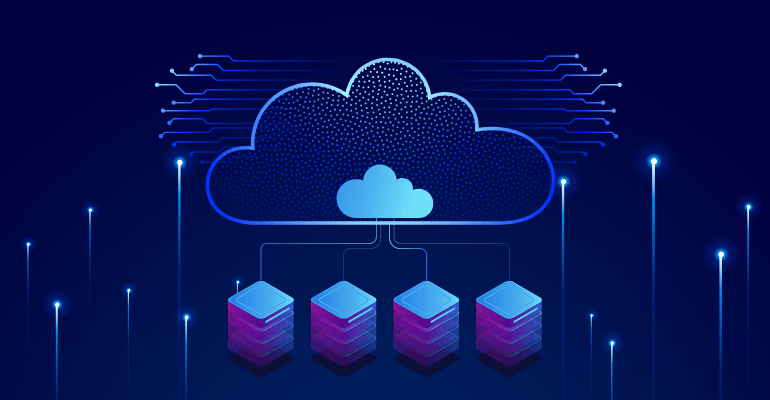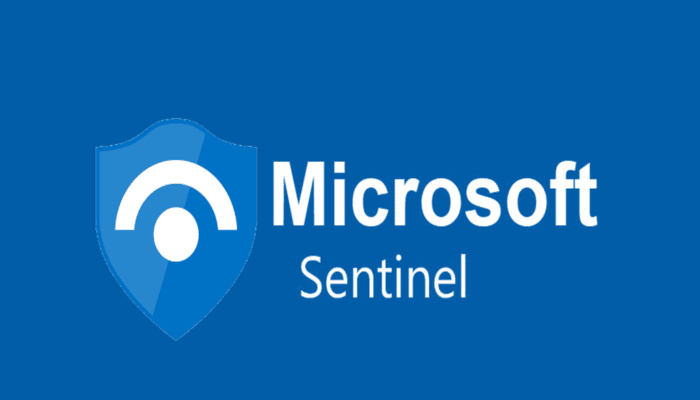15
+
YEARS OF
EXPERIENCE
1000
+
SUCCESSFUL
Projects
80
+
Satisfied
Clients

Migration to Microsoft Sentinel represents a strategic advancement in enterprise security management. Organizations increasingly seek robust, scalable SIEM solutions to combat sophisticated cyber threats, and Microsoft Sentinel meets this demand with its cloud-native architecture and AI-driven analytics. Transitioning to Sentinel offers enhanced visibility, improved threat detection, and streamlined incident response. However, the migration process requires careful planning, data mapping, and integration management to ensure security continuity. This article explores the nuances of Microsoft Sentinel migration, highlighting key benefits and expert insights to facilitate a triumphant transition.
Understanding the Essentials of Microsoft Sentinel Migration
Microsoft Sentinel migration involves transferring your existing security operations from conventional SIEM platforms or earlier-generation tools to Microsoft’s advanced cloud-native solution. This migration process is crucial for organizations looking to leverage Sentinel’s scalable infrastructure, built-in AI capabilities, and seamless integration with other Microsoft security products such as Defender and Azure Security Center. At its core, Microsoft Sentinel provides centralized data collection, advanced analytics, and automation for faster threat detection and response.
The migration typically starts with extensive discovery and assessment of current security environments, followed by strategic planning to map data sources, alerts, and playbooks from legacy systems to Sentinel. Ensuring data integrity and continuity of security monitoring during migration is paramount. Additionally, configuration of workbooks, connectors, and automation rules is essential to adapt Sentinel fully to organizational requirements. Our team at Cloud Technologies understands these intricacies, providing custom migration roadmaps that reduce downtime and accelerate time-to-value while aligning with your security goals.







Key Benefits and Challenges of Microsoft Sentinel Migration
Transitioning to Microsoft Sentinel empowers enterprises with advanced, cloud-native security intelligence designed to enhance visibility, scalability, and threat detection. Below is a structured guide highlighting the key benefits, migration challenges, and how Cloud Technologies ensures a smooth and successful transition.
1. Key Benefits of Microsoft Sentinel Migration
- Cloud-Native Scalability: Microsoft Sentinel eliminates on-premises infrastructure constraints by leveraging Azure’s elastic cloud capabilities, allowing organizations to ingest and analyze large volumes of security data in real time.
- AI-Powered Threat Detection: Built-in machine learning and behavior analytics enhance detection accuracy, reducing false positives and enabling faster response to advanced cyber threats.
- Unified Security Visibility: Seamless integration with Microsoft 365, Azure, and hybrid environments delivers a centralized view across users, endpoints, and applications.
- Automation and Orchestration: Sentinel’s playbooks and workflows automate repetitive security tasks—such as alert investigation and incident remediation—freeing analysts to focus on high-priority threats.
- Cost Predictability: The subscription-based pricing model replaces large upfront hardware investments with transparent, usage-based billing aligned to business needs.
2. Common Challenges in Microsoft Sentinel Migration
- Legacy Log Integration: Migrating logs from older SIEM or monitoring systems can require detailed mapping and normalization to ensure data integrity and continuity.
- Skill Gaps and Training Needs: Teams may need to gain proficiency in Kusto Query Language (KQL) and Sentinel’s alert management tools to fully leverage the platform’s capabilities.
- Compliance and Data Privacy: Migrating sensitive security logs to the cloud requires robust governance to comply with regulations such as GDPR, HIPAA, or ISO 27001.
- Configuration Complexity: Customizing detection rules, connectors, and automation workflows requires expertise to align Sentinel with unique organizational environments.
- Ongoing Optimization: Continuous tuning of analytics rules, incident playbooks, and retention policies is necessary to maintain peak efficiency and cost control.
3. How Cloud Technologies Simplifies the Migration Journey
- Comprehensive Planning: We assess your existing infrastructure, log sources, and compliance requirements to design a tailored Sentinel migration roadmap.
- Expert Execution: Our certified engineers handle connector setup, data normalization, and automation playbook deployment for seamless integration.
- Hands-On Training: We provide team enablement sessions covering KQL, rule creation, and dashboard customization for self-sufficient operations.
- Post-Migration Optimization: Continuous monitoring and fine-tuning ensure sustained performance, reduced noise, and enhanced ROI.
By partnering with Cloud Technologies, organizations can confidently migrate to Microsoft Sentinel with minimal disruption and maximum security impact. Our approach ensures your SOC operations evolve toward proactive threat detection, compliance assurance, and future-ready scalability.
“Migrating to Microsoft Sentinel isn’t just an upgrade—it’s a transformation of how your organization detects, responds to, and prevents cyber threats.”
Cloud Technologies

With tailored migration plans and expert consultation, your enterprise can fully capitalize on Microsoft Sentinel’s advanced features. Our approach mitigates risks and accelerates adoption, empowering security teams to detect, analyze, and respond to threats with greater confidence and agility.
Real-World Microsoft Sentinel Migration: Case Studies and Practical Insights
Several organizations have benefited considerably from migrating to Microsoft Sentinel under Cloud Technologies’ guidance. As an example, a large financial services firm struggled with limited visibility and slow response times in their legacy SIEM. Through a carefully orchestrated migration, we integrated their critical log sources into Sentinel, configured custom analytics rules tailored to financial compliance standards, and automated incident management workflows. As an inevitable result, the firm reduced mean time to detection (MTTD) by 40% and enhanced reporting capabilities, satisfying both operational and regulatory requirements.
In another project, a healthcare provider needed to migrate sensitive patient data logs in full compliance with HIPAA regulations. Our team performed a phased migration, implementing strict access controls, and leveraging Sentinel’s advanced threat protection features to secure healthcare workloads. This transition improved their security framework and maintained compliance without disrupting critical care services.
These examples underscore the importance of a market-experienced migration partner that understands your industry’s nuances. Cloud technologies combines technical expertise with industry knowledge to ensure your migration aligns with business objectives and compliance mandates. Our end-to-end service covers planning, execution, and post-migration tuning to optimize your investment in Microsoft Sentinel.

answer time
satisfaction
score
on initial call
same business
day
elevate Your Security Operations with Expert Microsoft Sentinel Migration
Transitioning to Microsoft Sentinel marks a pivotal step in strengthening your organization’s cybersecurity posture. By leveraging Sentinel’s powerful cloud-native analytics and automation, you gain unparalleled visibility, responsiveness, and operational efficiency in threat management. Partnering with Cloud Technologies ensures that your migration is executed flawlessly, minimizing risk while maximizing functionality and ongoing support.
We encourage you to connect with us to explore how Microsoft Sentinel migration can transform your security landscape. Our experts will work closely with your team to develop a tailored migration roadmap aligned with your unique environment and compliance requirements. Don’t let outdated SIEM systems limit your security capabilities; pursue a modern, intelligent solution with the trusted guidance of Cloud Technologies.
Ready to make the move? Please contact us today to discuss your Microsoft Sentinel migration strategy and begin your journey toward enhanced cybersecurity resilience.


